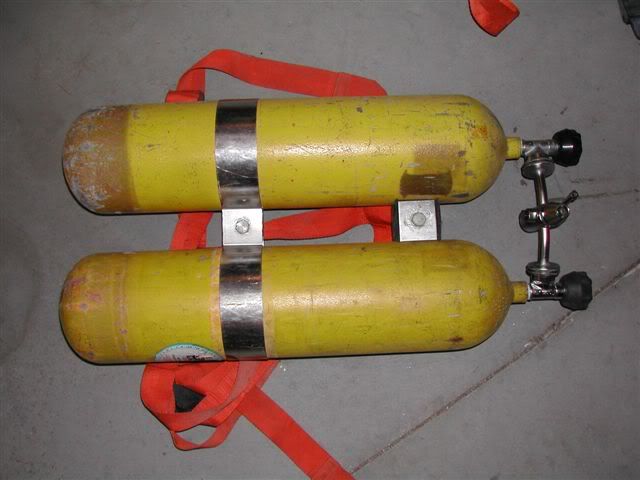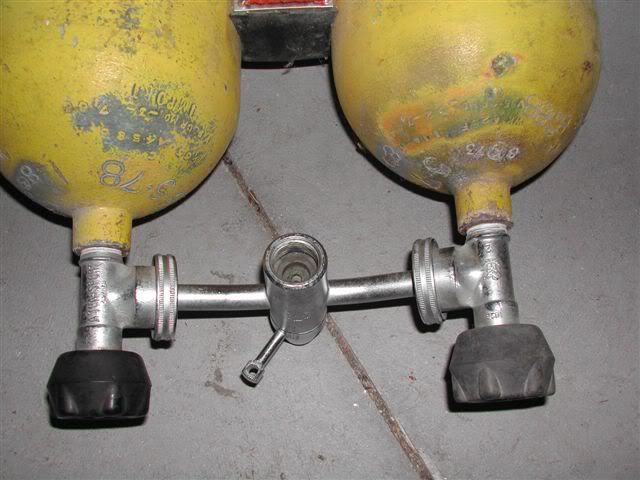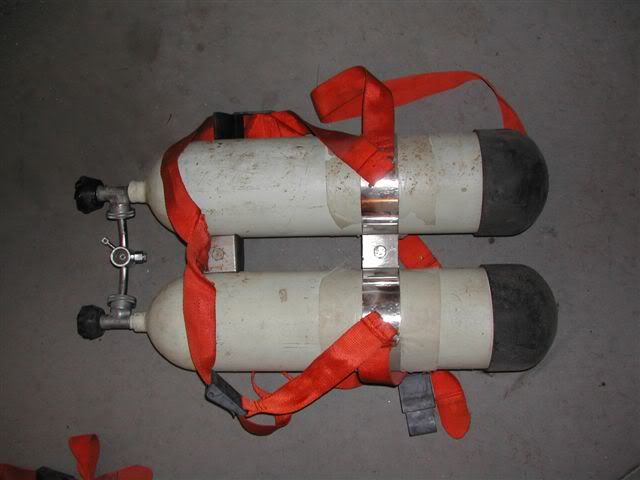if you want to use a tank whip buy one from global. you can get two different length rods for doing 80's or pony bottles.
I am not sure if you are refering to steel 80's or aluminum 80's, but if I recall correctly the wire brush sold by Global is not to be used on aluminum tanks (I can't remember for sure so double check with Global before using it).







